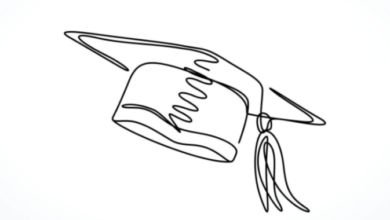Animated:3apoqplur8w= Math Gif

The “Animated:3apoqplur8w= Math Gif” exemplifies the intersection of art and education, employing sophisticated design elements to convey intricate mathematical principles. By utilizing dynamic visuals, this tool not only captures the viewer’s interest but also facilitates a more intuitive grasp of challenging concepts. As we explore its design techniques and educational ramifications, one must consider how such innovations might reshape the landscape of mathematics instruction. What implications could this hold for both students and educators in their quest for understanding?
Overview of the Math Gif
The allure of the math gif lies in its ability to transform abstract concepts into dynamic visual narratives.
These animated sequences serve as a compelling visual representation of mathematical concepts, bridging the gap between complex theories and intuitive understanding.
Design Elements and Techniques
Utilizing vibrant colors and fluid motion, effective math gifs are crafted with a keen eye for design elements that enhance viewer engagement.
By applying principles of color theory, designers evoke emotions and draw attention, while dynamic motion graphics create a sense of rhythm and flow.
These elements not only captivate the audience but also transform complex ideas into visually compelling narratives that inspire creativity and curiosity.
Educational Benefits of Animation
Animation serves as a powerful tool in education, transforming abstract concepts into vivid, engaging experiences.
By harnessing visual learning, animations stimulate cognitive development, allowing learners to grasp complex ideas through dynamic visuals. The movement and color capture attention, fostering a deeper understanding and retention of knowledge.
This creative approach not only inspires curiosity but also empowers students to explore and connect with the material freely.
Read Also Background:4x4xtqgdtoc= Slideshow
Real-World Applications in Teaching
Engagement in the classroom often hinges on the ability to bridge theoretical knowledge with practical experience.
Interactive learning transforms abstract concepts into tangible scenarios, fostering student engagement. For instance, utilizing real-world math applications—such as budgeting for a project—allows students to explore mathematical principles actively.
This hands-on approach not only enhances understanding but also cultivates a sense of freedom in applying knowledge to daily life.
Conclusion
In conclusion, the “Animated:3apoqplur8w= Math Gif” exemplifies the transformative power of visual learning in mathematics. Research indicates that visuals can increase retention rates by up to 65%, highlighting the importance of engaging media in education. By employing vibrant colors and dynamic motion graphics, this animation not only captivates the audience but also deepens comprehension of complex concepts. Such innovative tools bridge the gap between theory and practice, making mathematics a more approachable and enjoyable subject for learners of all ages.






